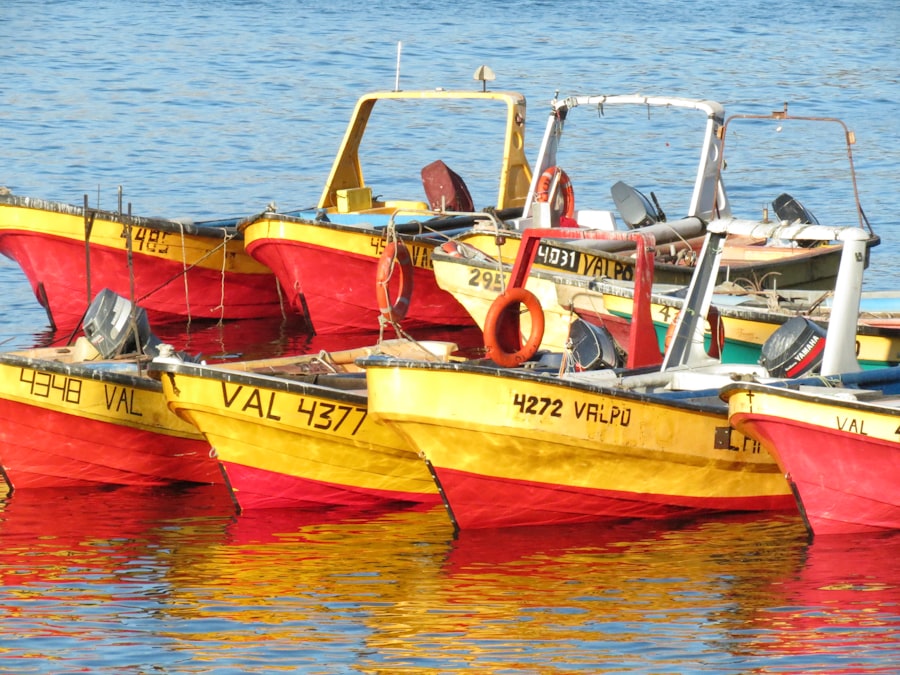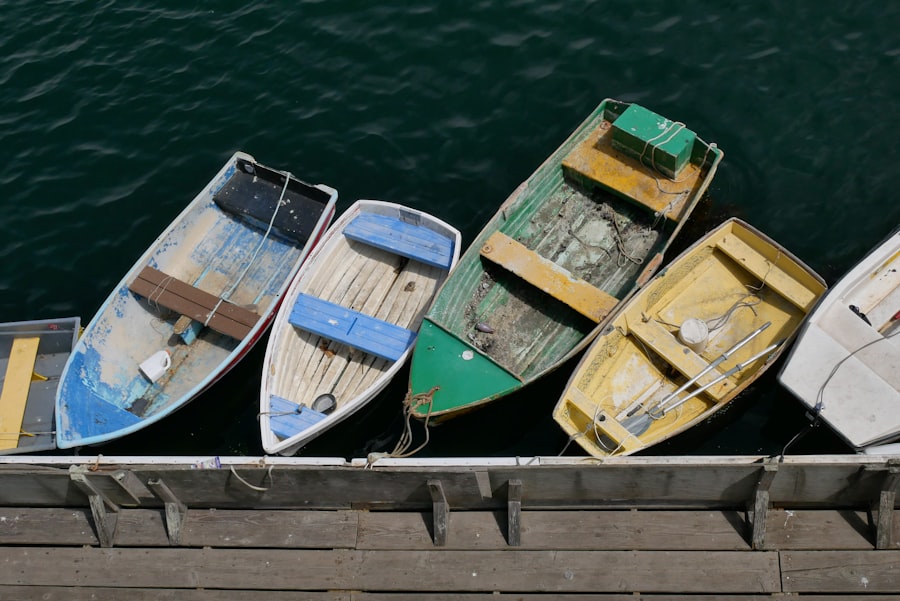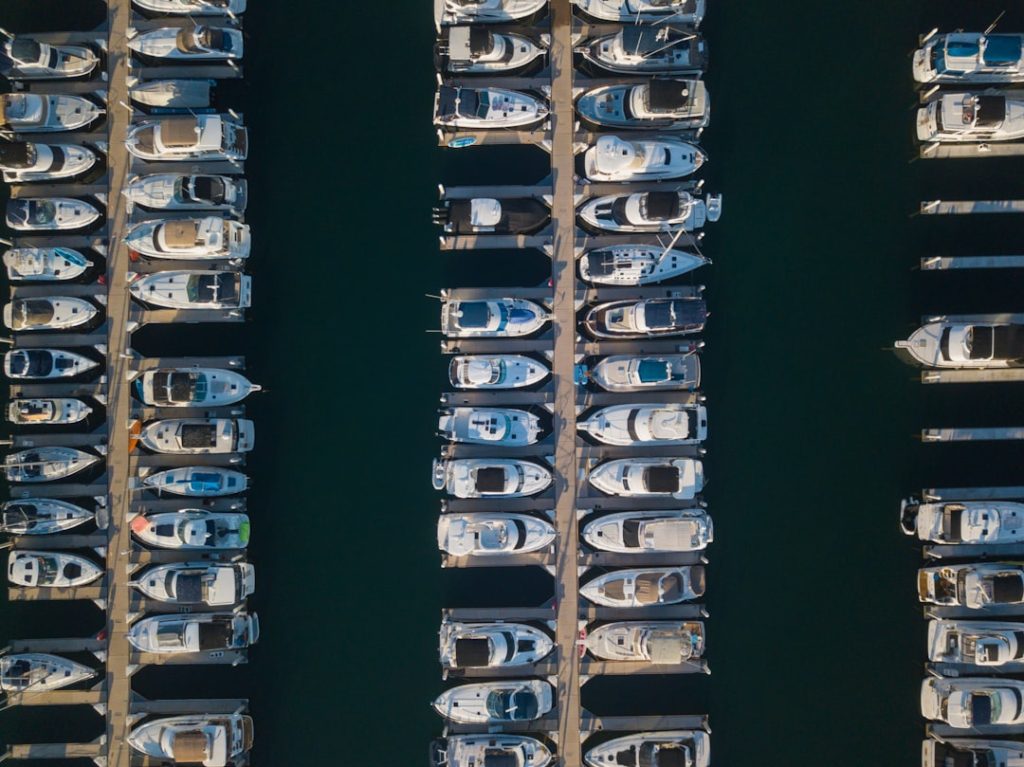Before embarking on the journey of purchasing a boat, it is crucial to first understand your specific boating needs. This involves a thorough assessment of how you intend to use the boat, the types of activities you plan to engage in, and the environment in which you will be operating. For instance, if you envision leisurely weekend outings with family and friends, a pontoon or a cabin cruiser might be ideal due to their spaciousness and comfort.
Conversely, if your interests lean towards fishing or water sports, a center console or a ski boat would be more suitable, as they are designed for performance and functionality in those areas. Additionally, consider the frequency of use and the number of people you expect to accommodate. A small fishing boat may suffice for solo trips or outings with one or two companions, while larger families or groups may require a vessel that can comfortably seat six or more individuals.
Furthermore, think about the waters you will navigate—whether they are calm lakes, rivers, or open seas—as this will influence the type of boat that is best suited for your adventures. Understanding these factors will not only help narrow down your options but also ensure that your investment aligns with your lifestyle and recreational aspirations.
Key Takeaways
- Identify your specific boating needs before starting your search.
- Research various boat types to find the best fit for your lifestyle.
- Establish a clear budget to guide your purchasing decisions.
- Inspect boats thoroughly and verify seller credibility before buying.
- Complete all paperwork properly to ensure smooth ownership transfer.
Researching Different Types of Boats
Once you have a clear understanding of your boating needs, the next step is to delve into the various types of boats available on the market. The diversity in boat designs and functionalities can be overwhelming, but familiarizing yourself with the categories can simplify the decision-making process. For example, motorboats are popular for their speed and ease of use, making them ideal for water skiing or wakeboarding.
Sailboats, on the other hand, offer a unique experience that emphasizes skill and connection with nature, appealing to those who enjoy a more tranquil approach to boating. In addition to motorboats and sailboats, there are specialized vessels such as catamarans, which provide stability and ample space for social gatherings, and fishing boats designed with features like rod holders and live wells for avid anglers. Each type of boat comes with its own set of advantages and disadvantages, so it is essential to consider factors such as maintenance requirements, fuel efficiency, and storage options.
Engaging in online forums, reading boating magazines, and visiting local boat shows can provide valuable insights into the latest trends and innovations in boat design, helping you make an informed choice.
Setting a Budget for Your Purchase

Establishing a budget is a critical step in the boat-buying process that requires careful consideration of both initial costs and ongoing expenses. The price of boats can vary significantly based on size, brand, age, and features. It is essential to determine how much you are willing to spend upfront while also accounting for additional costs such as insurance, registration fees, maintenance, fuel, and storage.
A common mistake among first-time buyers is underestimating these ongoing expenses, which can add up quickly and impact your overall enjoyment of boating. When setting your budget, it may be helpful to create a detailed financial plan that outlines all potential costs associated with boat ownership. This plan should include not only the purchase price but also a reserve fund for unexpected repairs or upgrades.
Additionally, consider whether you will be financing your purchase or paying in cash; if financing, research interest rates and loan terms to find the most favorable options. By taking the time to establish a comprehensive budget, you can ensure that your investment in a boat remains enjoyable and sustainable over the long term.
Finding Reputable Marketplace Boats for Sale
| Metric | Description | Typical Range | Importance |
|---|---|---|---|
| Number of Listings | Total boats available for sale on the marketplace | 100 – 10,000+ | High |
| Seller Ratings | Average rating of sellers based on buyer feedback | 1 to 5 stars | High |
| Verification Status | Percentage of sellers verified by the marketplace | 50% – 100% | High |
| Response Time | Average time sellers take to respond to inquiries | Minutes to 48 hours | Medium |
| Price Range | Typical price range of boats listed | 1,000 – 500,000+ | Medium |
| Boat Condition | Percentage of boats listed as new, used, or refurbished | New: 10%-30%, Used: 60%-80%, Refurbished: 5%-15% | High |
| Return Policy | Availability of return or refund options | Yes/No | Medium |
| Inspection Services | Availability of third-party inspection or certification | Yes/No | High |
| Transaction Security | Use of secure payment methods and escrow services | Yes/No | High |
With your budget in place and an understanding of the type of boat you want, the next step is to explore reputable marketplaces where boats are available for sale. There are numerous avenues to consider when searching for your ideal vessel. Online platforms such as Boat Trader, YachtWorld, and Craigslist offer extensive listings that allow you to filter by type, price range, and location.
These websites often include detailed descriptions and photographs of each listing, making it easier to compare options from the comfort of your home. In addition to online marketplaces, local boat dealerships can provide valuable resources and expertise. Many dealerships offer new and used boats along with warranties and financing options that can simplify the purchasing process.
Attending boat shows or expos can also be beneficial; these events allow you to see various models up close, speak with manufacturers and dealers directly, and even take test rides. Regardless of where you choose to search for boats for sale, it is essential to verify the reputation of sellers by checking reviews and ratings from previous customers to ensure a trustworthy transaction.
Inspecting and Evaluating Potential Vessels
Once you have identified potential vessels that meet your criteria, conducting thorough inspections is paramount before making any commitments. An inspection should encompass both visual assessments and functional tests to ensure that the boat is in good condition. Start by examining the hull for any signs of damage such as cracks or blisters that could indicate underlying issues.
Pay close attention to the engine compartment; check for leaks or corrosion that could affect performance. In addition to visual inspections, it is advisable to take the boat out on the water for a test drive if possible. This allows you to evaluate how well the vessel handles under various conditions and assess its speed and maneuverability.
During this trial run, listen for any unusual noises from the engine or steering system that could signal potential problems. If you are not confident in your ability to assess a boat’s condition adequately, consider hiring a marine surveyor who can provide a professional evaluation and identify any hidden issues that may not be immediately apparent.
Negotiating the Purchase Price

Once you have completed your inspections and have found a vessel that meets your needs, it is time to enter into negotiations regarding the purchase price. Negotiation is an essential skill in any buying process; being prepared can significantly impact the final cost of your boat. Start by researching comparable models in similar condition to establish a fair market value for the vessel you are interested in.
This information will serve as leverage during negotiations. When discussing price with the seller, approach the conversation with respect and professionalism. Begin by expressing your interest in the boat while also highlighting any concerns or issues discovered during your inspection that may justify a lower offer.
It is common practice to start negotiations below your maximum budget; this provides room for compromise while still allowing you to reach an agreeable price point. Be patient throughout this process; sellers may need time to consider offers or counteroffers before reaching a final agreement.
Completing the Sale and Transfer of Ownership
After successfully negotiating a price that satisfies both parties, it is time to finalize the sale and transfer ownership of the vessel. This process typically involves several key steps that must be completed to ensure a smooth transition. First, both parties should review and sign a bill of sale that outlines the terms of the transaction, including details such as purchase price, vessel identification number (VIN), and any included accessories or equipment.
Next, it is essential to handle any necessary paperwork required by local authorities for registration purposes. This may include submitting forms for title transfer and paying applicable taxes or fees associated with ownership transfer. Depending on your location, there may also be specific regulations regarding safety equipment or inspections that must be addressed before taking possession of the boat.
Ensuring all documentation is completed accurately will help avoid complications down the line.
Enjoying Your New Vessel on the Water
With ownership officially transferred and all paperwork completed, it’s time to embark on new adventures aboard your vessel. The excitement of owning a boat opens up endless possibilities for exploration on lakes, rivers, or oceans. Before heading out on your first trip, take some time to familiarize yourself with your new boat’s features and controls; understanding how everything operates will enhance your experience on the water.
Planning outings can be an enjoyable aspect of boat ownership as well; consider inviting friends or family along for day trips filled with activities like fishing, swimming, or simply relaxing on deck while enjoying scenic views. Additionally, joining local boating clubs or communities can provide opportunities for socializing with fellow enthusiasts who share similar interests. As you navigate through various waterways and discover new destinations, remember that each outing offers unique experiences that contribute to cherished memories on your journey as a boat owner.


